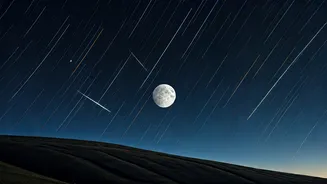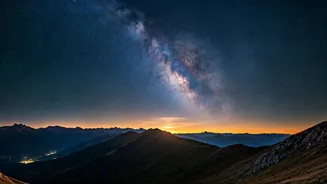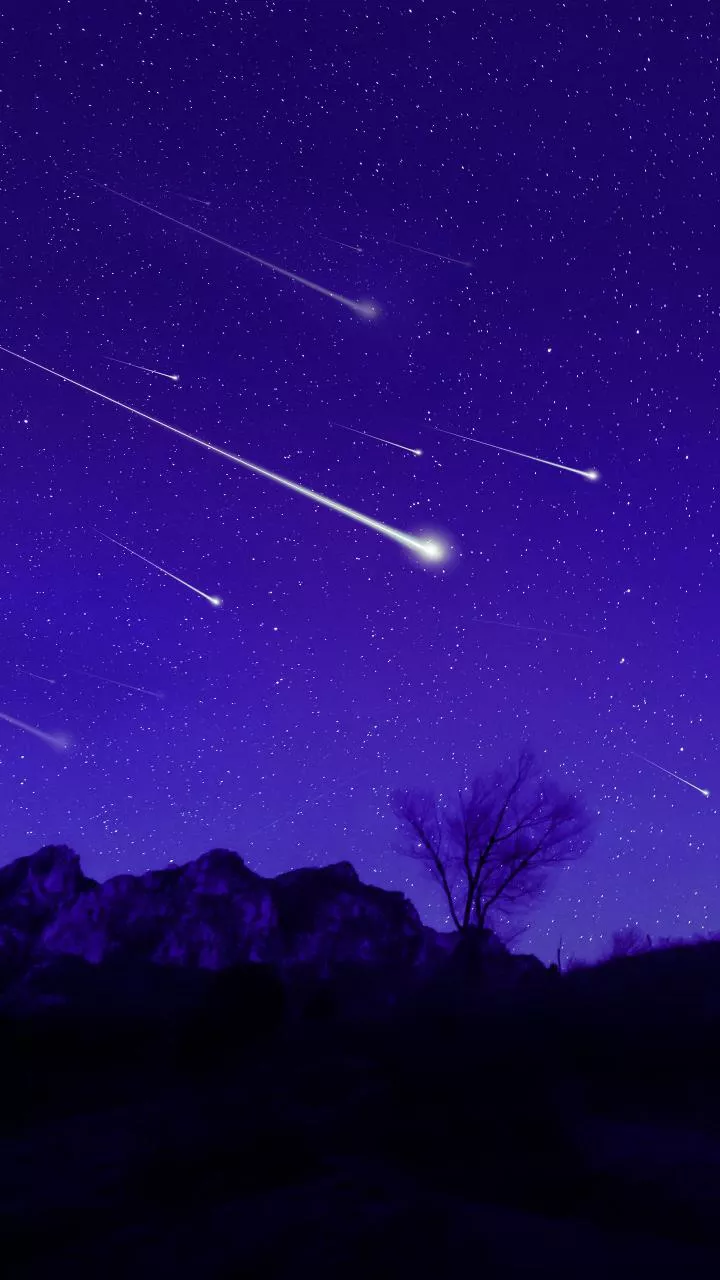Leonid Meteor Shower
The Leonid meteor shower took center stage during November 2025, offering a visual treat for anyone looking up. These meteors originate from the dust particles
left behind by the comet Tempel-Tuttle. As the Earth moves through this dusty trail, these particles collide with our atmosphere, creating the bright streaks of light we call meteors. The Leonids are known for their speed, as the meteors streak across the sky at approximately 71 kilometers per second (44 miles per second), making them one of the fastest meteor showers. During its peak, the Leonid shower can produce a rate of 10-15 meteors per hour. Observers could also look forward to occasional fireballs, which are exceptionally bright meteors that last longer than the average meteor.
Supermoon's Glow
November 2025 featured a Supermoon, enhancing the overall spectacle. A Supermoon occurs when a full moon coincides with the Moon's closest approach to Earth in its orbit, known as the perigee. This results in a full moon that appears significantly brighter and larger than usual. The Supermoon of November 2025 provided a spectacular backdrop to the other celestial events, offering enhanced visibility and making the night sky even more captivating. The larger, brighter moon provided ample ambient light, which enhanced the viewing experience of the meteor showers, creating a unique visual experience in the night sky. The added brightness made it easier to spot the meteors despite the light from the Moon.
Saturn's Ring Display
The vanishing of Saturn's rings added another dimension of intrigue. The rings of Saturn, a stunning feature of the planet, go through periodic cycles where they appear to vanish when viewed from Earth. This phenomenon occurs when Earth, the Sun, and Saturn align in a way that the rings appear edge-on to observers on Earth. During this phase, the rings become nearly invisible, as the thinness of the ring system renders them almost unobservable. This is because the rings are composed of ice particles and dust, and when viewed edge-on, they present a minimal surface area to reflect sunlight. This alignment offered a very unique perspective on Saturn, giving sky watchers a glimpse of the planet without the prominent ring system, and highlighting the other features of the planet such as the cloud bands and moons.
Beaver Supermoon
The Full Beaver Supermoon, also visible during this period, holds cultural significance in addition to its astronomical context. This full moon takes its name from historical traditions linked to the time of year. Specifically, it was the time when beavers would retreat to their dens, having completed their preparations for the winter. This event brought about a different perspective to skywatchers, as it was not only an astronomical event but also a cultural one. This combination of events made November 2025 a highly anticipated and memorable period for the citizens of India. The sky offered a variety of phenomena, offering unique viewing experiences during this unique period of time.

















